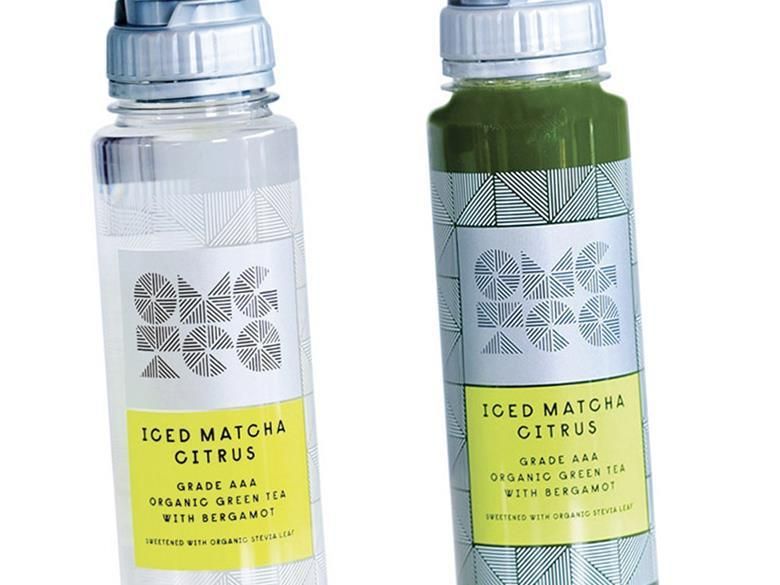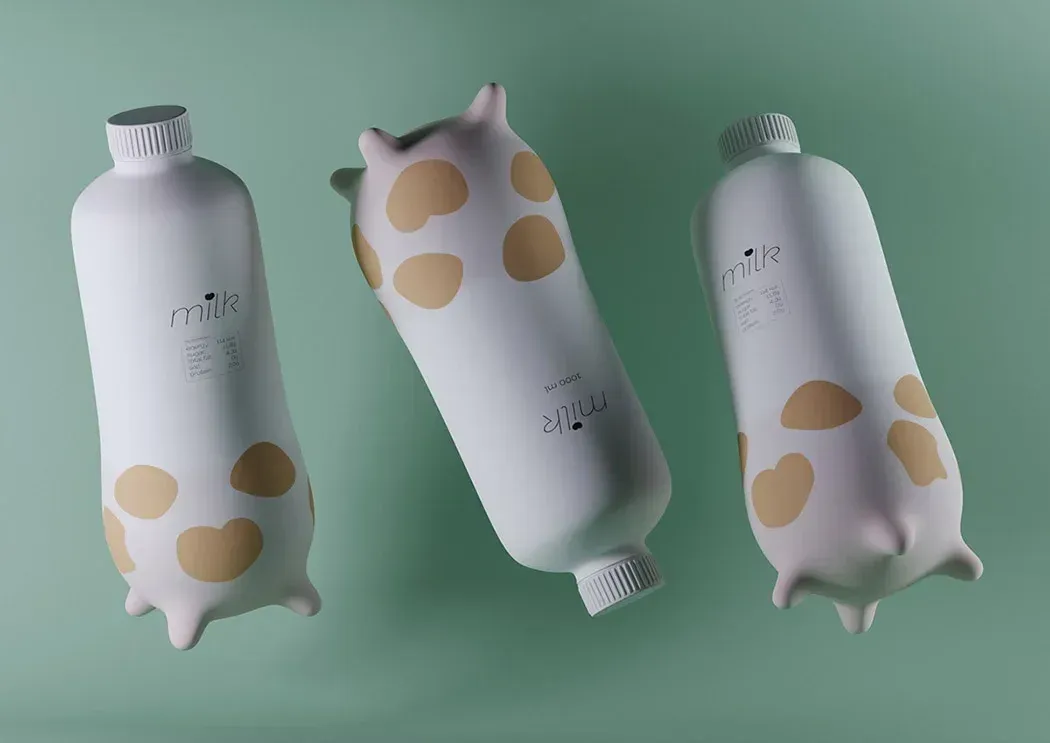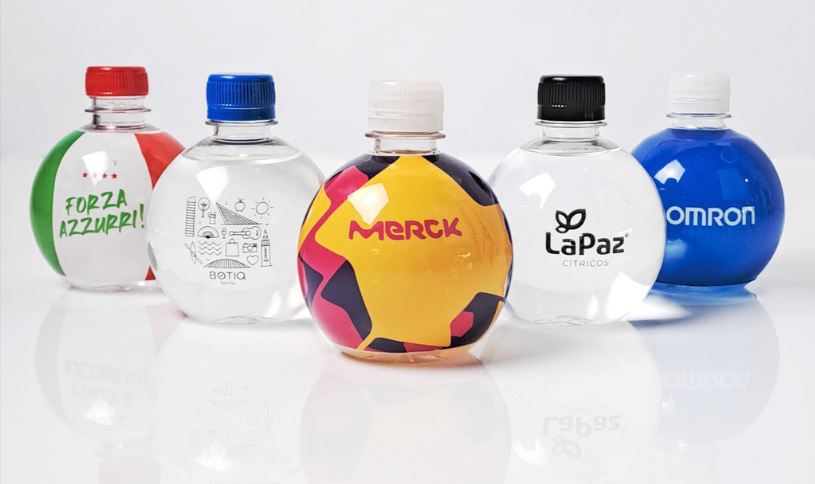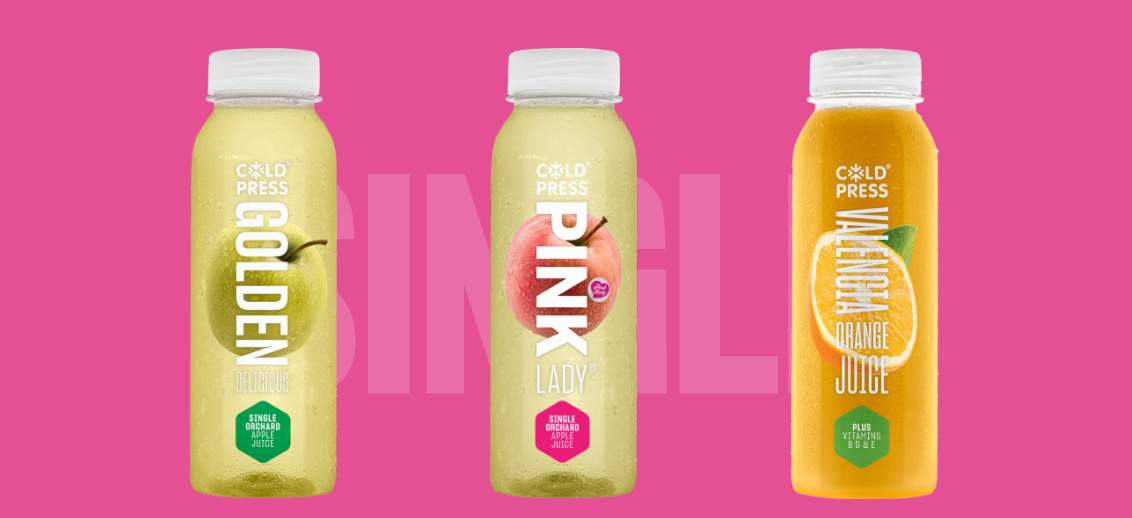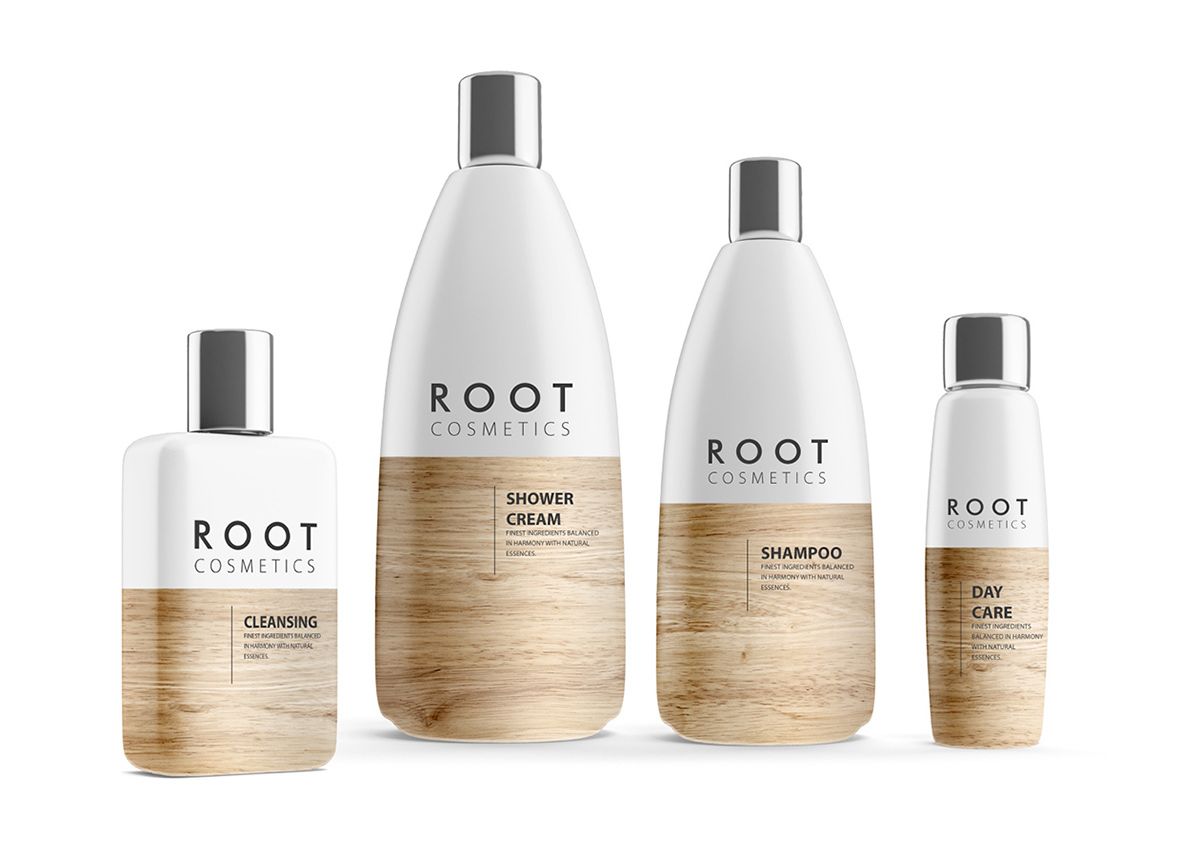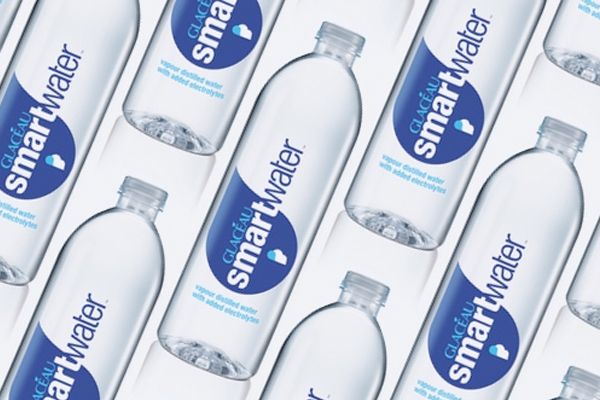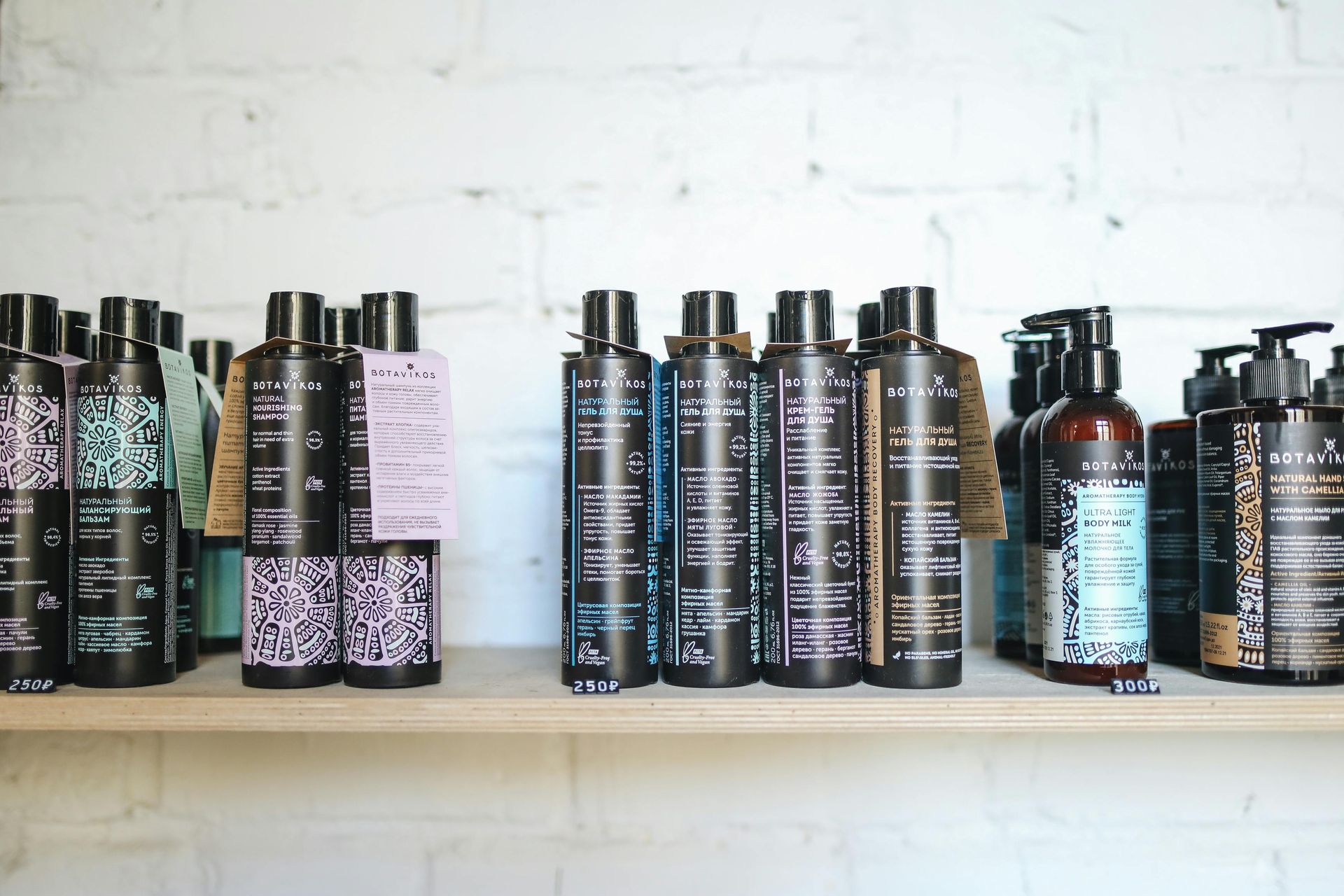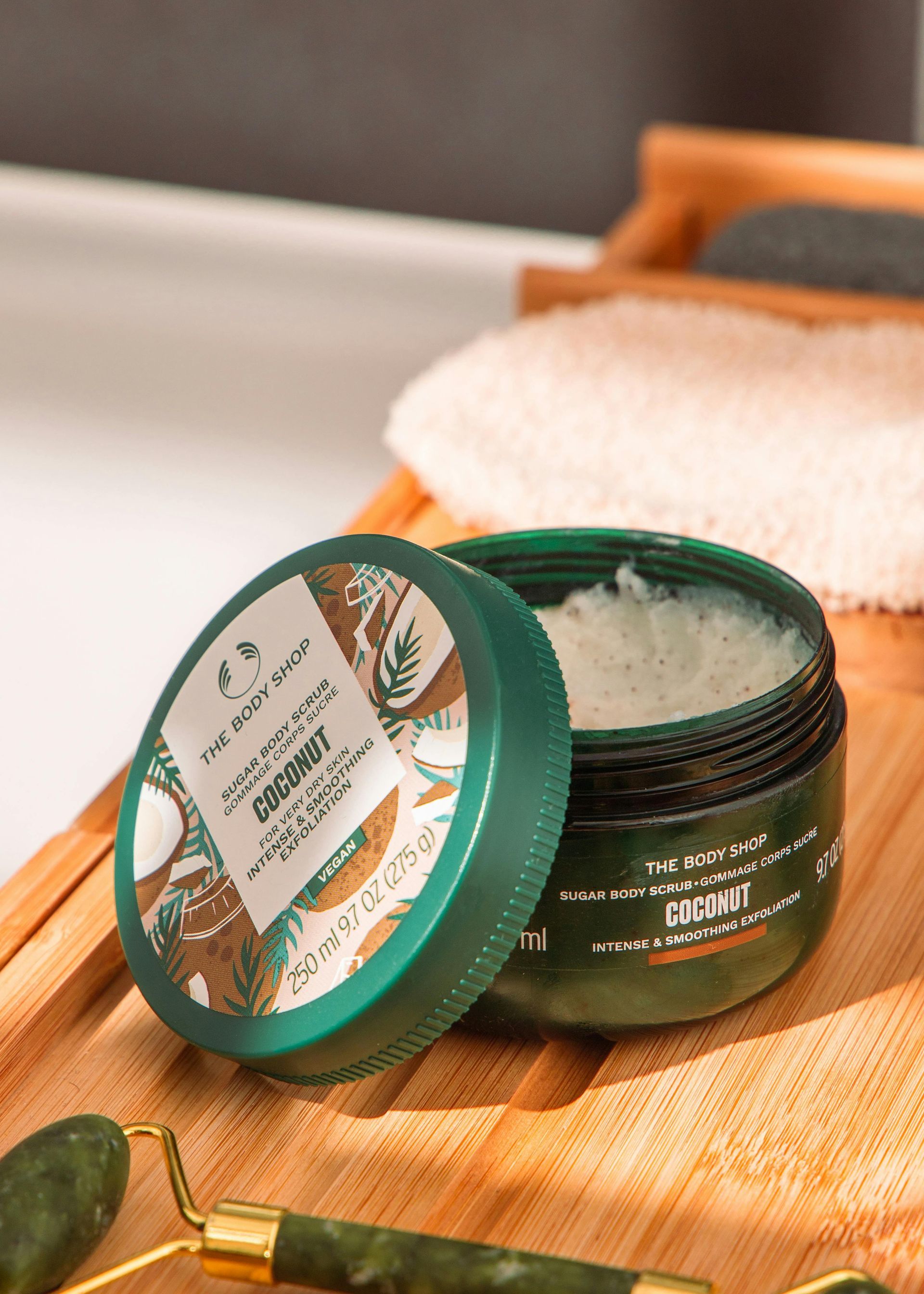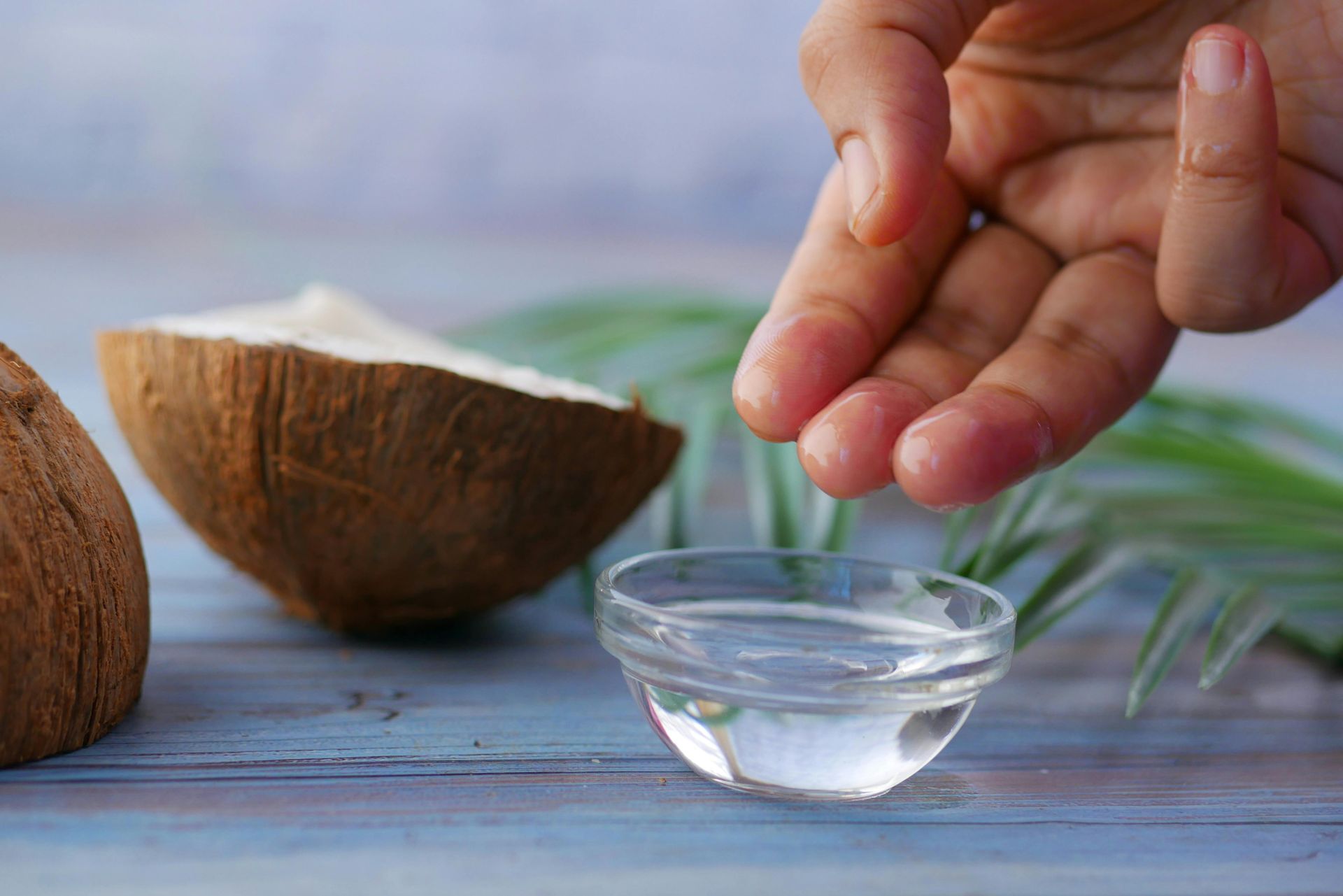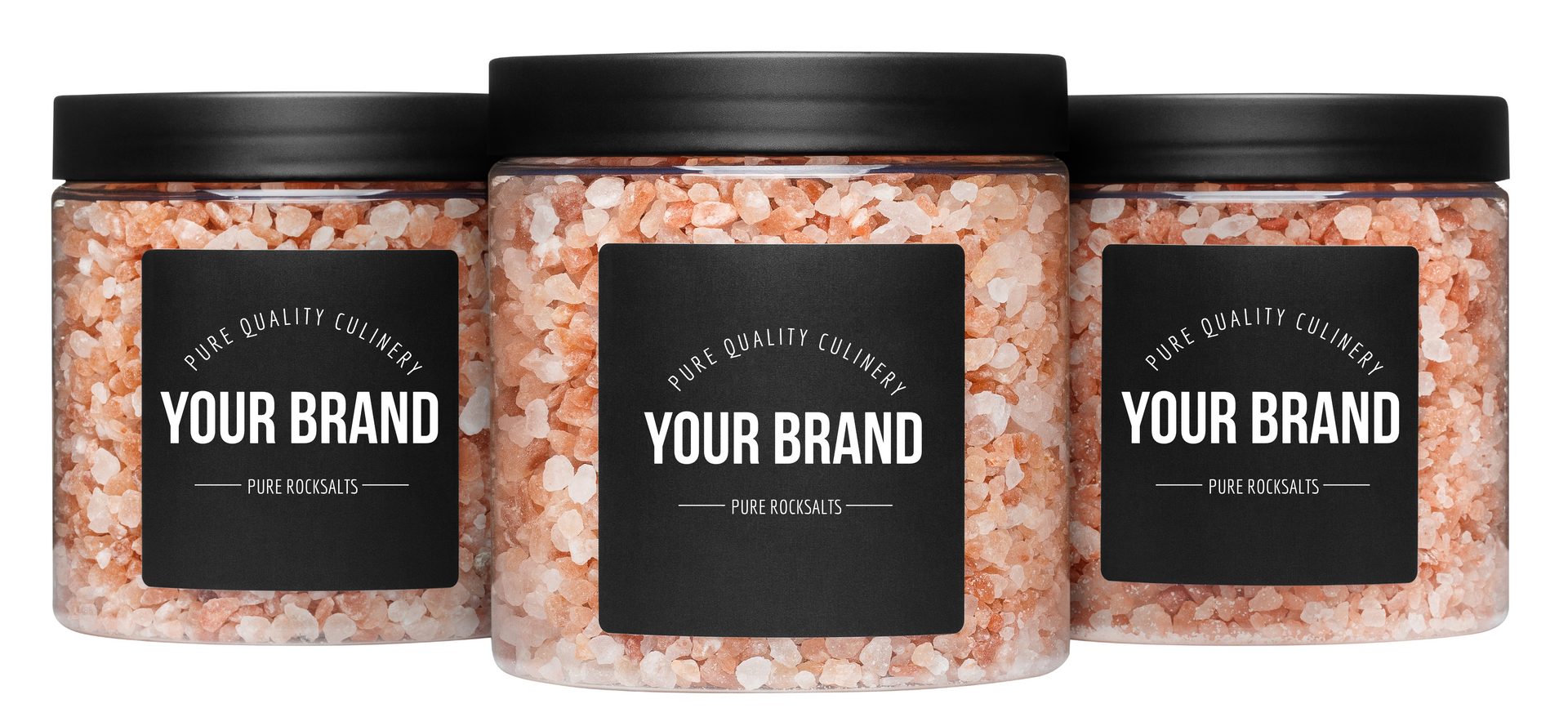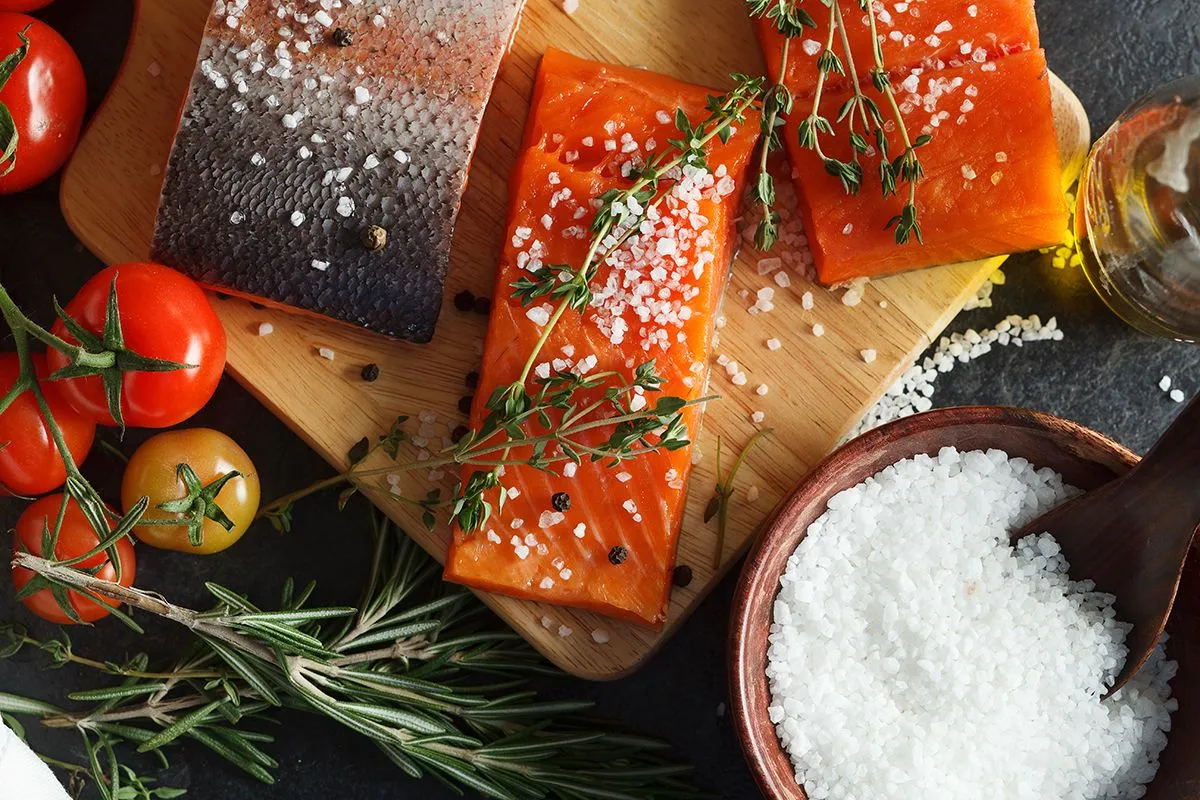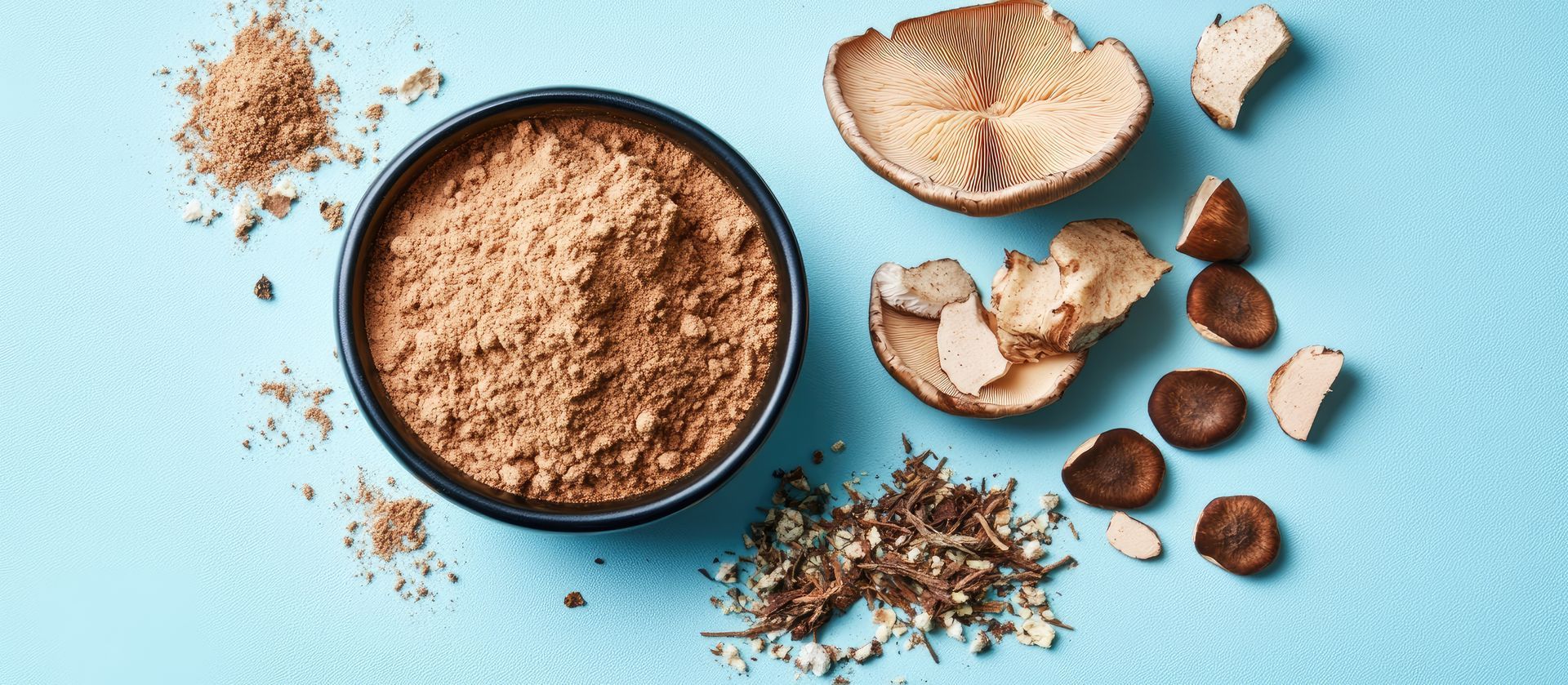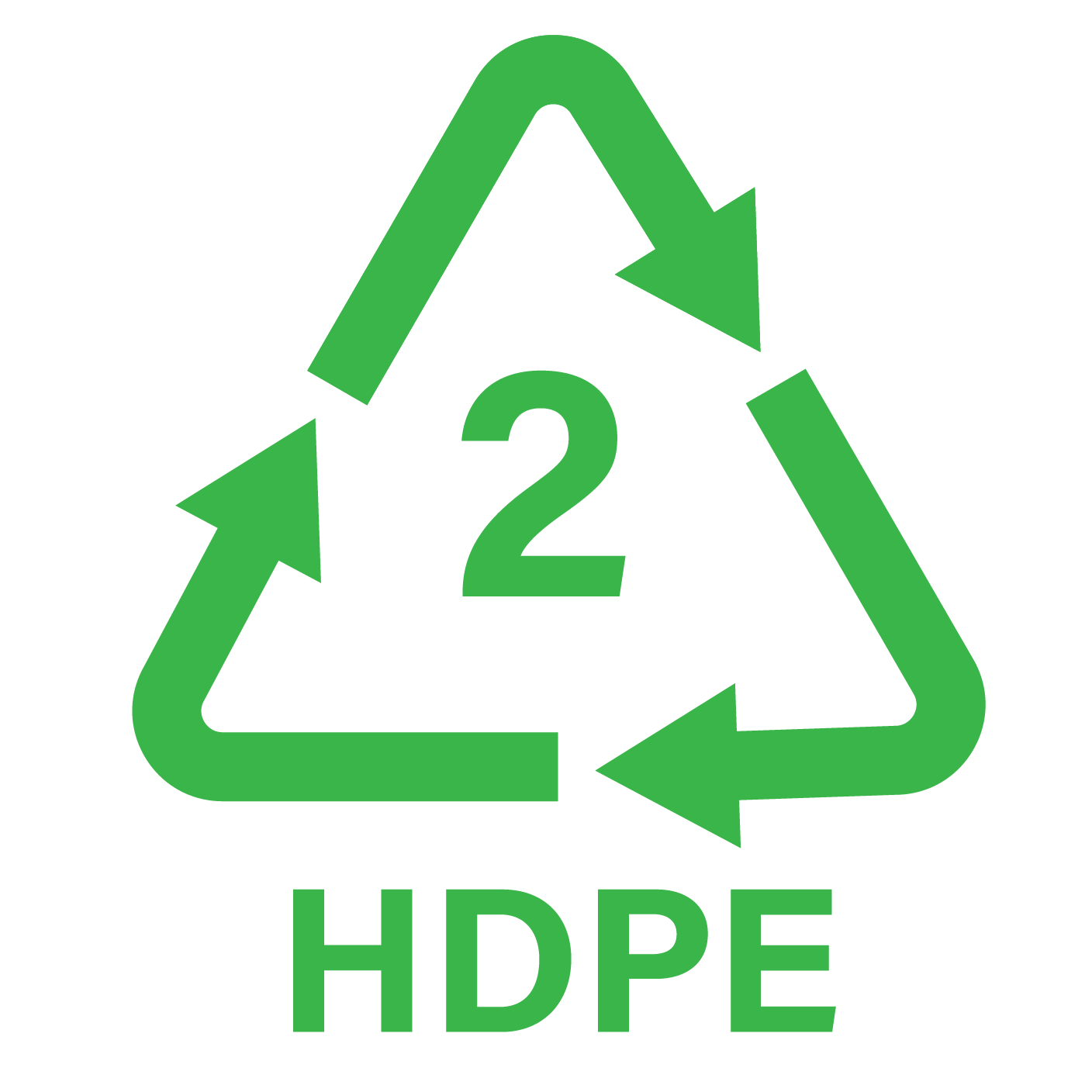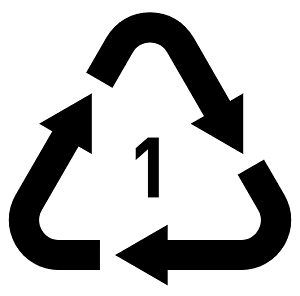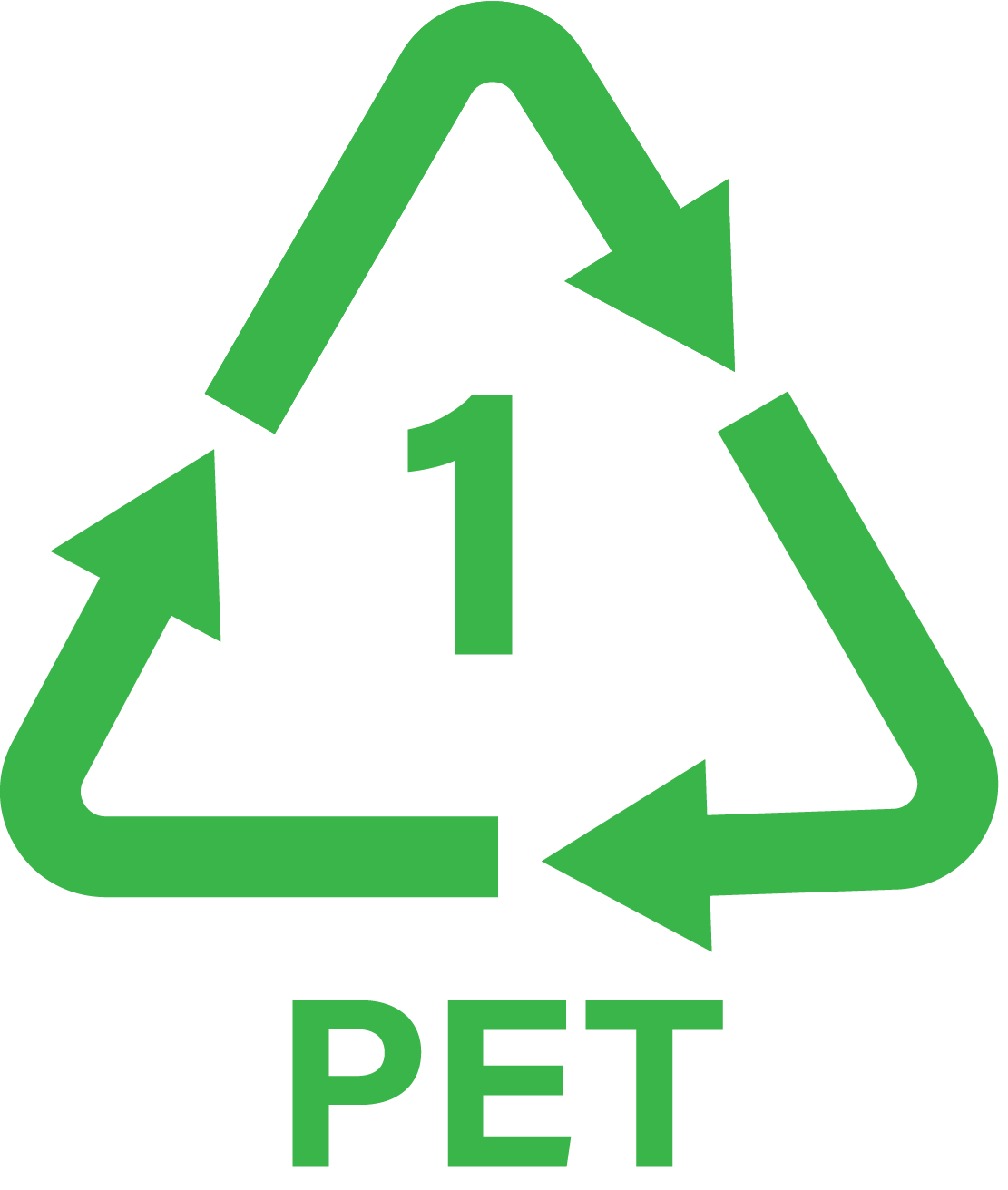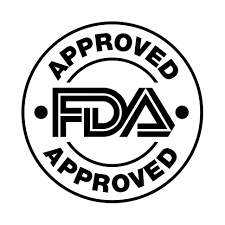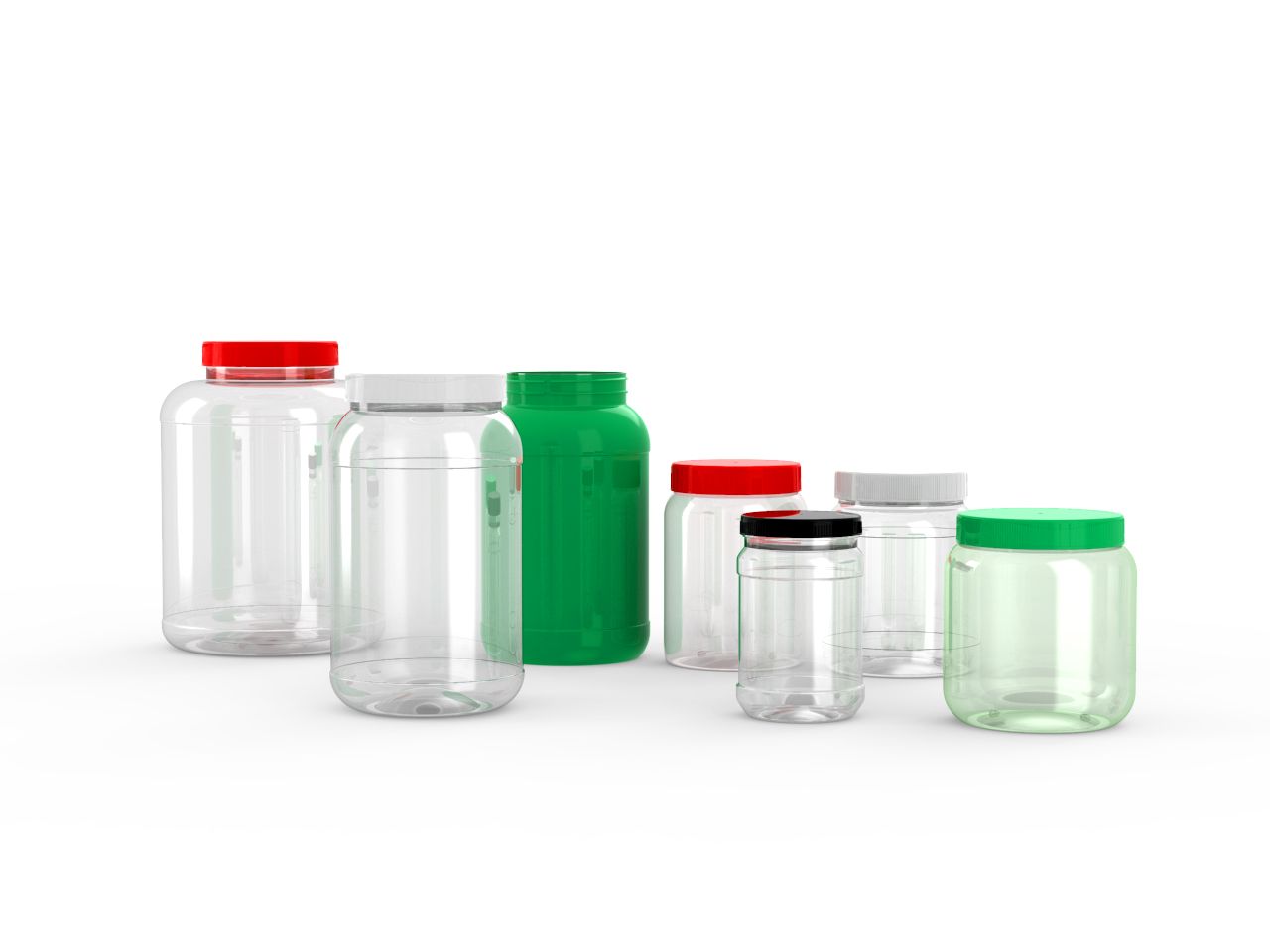Trends in Consumer Packaging Design
Packaging Embracing Style, Innovation, Food Safety, Technology & Sustainability
OMG Tea Bottles, source in image link
As consumer preferences evolve and sustainability becomes increasingly important, this is influencing purchase decisions for the food and beverage industry - continuously adapting to meet new demands. In 2024, several trends are shaping the landscape of food and beverage packaging, revolutionizing how products are presented, consumed, and experienced. Let's explore three key trends that are defining packaging innovations in the food and beverage sector this year.
1 Minimalistic Packaging
In 2024, minimalistic packaging trends for bottles, jars, and containers are gaining momentum, driven by consumer preferences and sustainability goals. Consumers are increasingly demanding simplicity and eco-friendliness in product packaging, pushing brands to adopt minimalistic designs that reduce environmental impact and enhance user experience.
The trend emphasizes sleek, clean designs with reduced use of colors, labels, and graphics. Clear and transparent packaging is favored for its straightforward appearance and the ability to showcase the product itself. This shift aligns with the growing consumer desire for transparency and authenticity in the products they purchase.
Custom Design Minimal Bottles, source in image link
Sustainability is at the core of this trend. Brands are prioritizing the use of recyclable and biodegradable materials, cutting down on excess packaging, and opting for lightweight designs to minimize carbon footprints. Innovations such as mono-material packaging, which simplifies recycling processes, and the integration of post-consumer recycled plastics are becoming standard practice.
Consumers are also drawn to reusable and refillable packaging solutions, reflecting a shift towards a circular economy. These sustainable practices not only appeal to eco-conscious shoppers but also comply with increasing regulatory pressures for environmentally responsible packaging.
Overall, minimalistic packaging in 2024 represents a convergence of aesthetic appeal and environmental responsibility, catering to a market that values simplicity, functionality, and sustainability.
2 Custom Shapes & Stand-Out Colors
Custom-shaped and stand-out color packaging trends for plastic bottles, jars, and containers, or their labels and or closures are making a significant impact, brands are embracing unique shapes and vibrant colors to differentiate their products on crowded shelves and appeal to consumers seeking novelty and aesthetic appeal.
Custom shapes or embossed branding incorporated into the preform design are becoming increasingly popular as they offer a distinctive look that captures the eye. These shapes often reflect the brand's identity or the product's unique characteristics, creating a memorable visual experience. Innovative designs, such as ergonomic shapes for better grip or stackable forms for convenience, enhance functionality while standing out from the crowded shelf.
Custom Design Bottles, source in image link
Vivid, stand-out colors are another key trend. Bright and bold hues are used to create a striking presence, making products easily recognizable and appealing to a visually driven market. This trend is especially prominent in sectors like personal care and beverages, where shelf impact is crucial.
Despite the emphasis on aesthetics, sustainability remains a priority.
Brands are ensuring that these custom and colorful designs do not compromise recyclability. They are utilizing eco-friendly dyes and materials, and developing packaging that, despite its unique shape and color, remains easy to recycle. Moreover, lightweight and minimalistic design principles are integrated to reduce material use and environmental impact.
3 Bold Typography
Bold typography helps brands stand out on crowded shelves, making it easier for consumers to identify products quickly. It conveys a sense of confidence and modernity, resonating particularly well with younger, design-savvy demographics. Large, clear fonts ensure that essential information, such as product name, ingredients, and benefits, is easily readable, enhancing the user experience.
From a sustainability perspective, bold typography supports minimalistic design principles by reducing the need for excessive graphics and embellishments. Clear transparent rPET is often used for cold press juice brands which can allow the product inside to speak for itself.
Cold Press Juice Bottles, source in image link
This minimalist approach often results in less ink usage and simpler packaging designs, which can contribute to more efficient recycling processes. Additionally, brands are increasingly opting for eco-friendly inks and printing methods to further reduce their environmental impact.
Furthermore, bold typography aligns with the trend of transparent and honest branding. It allows companies to emphasize their sustainability commitments and product benefits prominently, building trust with eco-conscious consumers. By integrating bold typography with sustainable practices, brands can create packaging that is not only visually striking but also environmentally responsible.
4 Vintage & Crafted Packaging Design
In 2024, we see brands are increasingly adopting vintage or crafted looks into their packaging designs. This trend taps into consumers' nostalgia and desire for authenticity, blending old-world charm with modern sustainability efforts. Vintage-inspired packaging often features classic fonts, earthy color palettes, and intricate designs that evoke a sense of history and craftsmanship.
This aesthetic appeals to consumers seeking products with a story, providing a perceived added value and emotional connection to the brand. The crafted look, characterized by artisanal details and handmade looking elements, suggests quality and care, aligning with the growing consumer preference for unique, small-batch, and locally produced goods.
Root Cosmetics Bottles, source in image link
Sustainability plays a crucial role in this trend. Brands are ensuring that their vintage or crafted packaging designs do not compromise environmental responsibility. They are using recyclable or biodegradable materials, eco-friendly inks, and sustainable printing techniques to minimize their ecological footprint. Additionally, the emphasis on simplicity and durability in vintage designs often results in packaging that is both reusable and easier to recycle.
Moreover, these designs often incorporate transparent elements or minimalistic labelling to highlight the product itself, reducing unnecessary packaging waste. By blending nostalgic aesthetics with sustainable practices, brands can attract eco-conscious consumers who value both environmental responsibility and the timeless appeal of vintage design.
In summary, the vintage and crafted packaging trend in 2024 reflects a harmonious fusion of style and sustainability, resonating with consumers' desire for authenticity, quality, and eco-friendly practices.
5 Food Safety, Technology & Eco-friendly Packaging
The intersection of food safety, technology, and eco-friendly packaging is transforming the landscape of plastic bottles, jars, and containers. With consumers increasingly prioritizing health and sustainability, brands are leveraging advanced technologies to enhance food safety while adopting environmentally responsible packaging solutions.
Recycled PET (rPET) is at the forefront of this shift, offering a sustainable alternative to traditional plastic. rPET is made from post-consumer recycled plastic, significantly reducing waste and the carbon footprint associated with new plastic production. Its use in bottles, jars, and containers ensures that packaging remains lightweight, durable, and safe for food contact.
Advanced technologies are being integrated into packaging to ensure food safety. Innovations such as smart labels and sensors can monitor temperature, freshness, and potential contamination, providing real-time information to consumers and retailers. These technologies not only enhance food safety but also reduce food waste by ensuring products are consumed within their optimal timeframe.
100% rPET Water Bottles, source in image link
Eco-friendly packaging trends in 2024 emphasize the reduction of single-use plastics. Refillable and reusable rPET bottles and containers are becoming more prevalent, encouraging a circular economy where materials are continuously repurposed. Additionally, brands are focusing on minimalist design and reduced material usage to further lessen environmental impact.
Overall, the synergy of food safety, technology usage in packaging highlights a commitment to consumer health and environmental stewardship. The use of rPET and smart packaging solutions exemplifies how innovation can drive sustainability and safety in the brand packaging industry.

